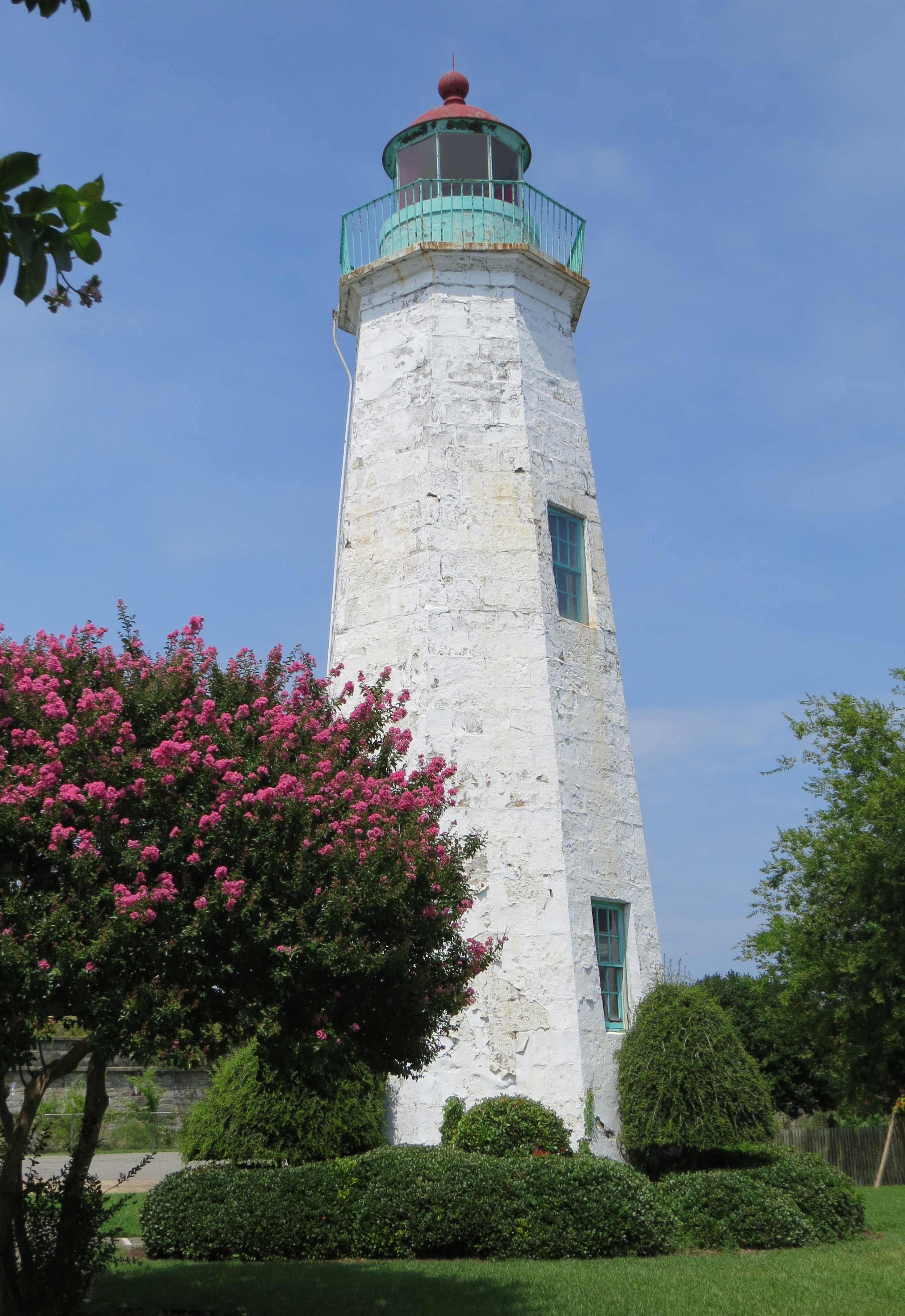Captain’s Day Off - Fort Monroe & Casemate Museum
/19th century print of Fortress Monroe
My, how time flies. A week of mixed weather, high expectations and boat work whisked by us and then it was time for the captain’s day off. It’s a negotiated deal … there are no “outs”. The first mate had already done her homework based on a recommendation we received at a Smithfield pub. While bellying up to the bar for a cold draft last weekend, I chatted up the fellow next to me and he suggested that we should check out Fort Monroe and the Casemate Museum at Old Point Comfort near Hampton, Virginia. Why not?
A seven-sided star fort surrounded by a moat, Fort Monroe has been active from 1823-2011.
Fort Monroe, strategically situated on the Chesapeake Bay at the confluence of the Elizabeth, Nasemond and James Rivers was an active army base from 1823-2011. Actually, it’s been a fortified stronghold since 1609 when the first European settlers arrived at Point Comfort and recognized its key location. Surrounded by a moat, this seven-sided star fort is the largest stone fort ever built in the USA and it was designated a national monument in 2011. One time dubbed the Gibraltar of the Chesapeake, it’s a pretty impressive place.
A very skinny portal through the fort's granite walls.
We drove over a narrow causeway across the moat through the skinny portal (10’ wide x 12’3” high x ~ 40’ depth) to gain access to the inner fortress grounds.
Entrance to the Casement Museum at Fort Monroe
We found the Casemate Museum and were immediately invited to join an already-in-progress ranger-conducted tour of the grounds. The first thing we learned was the definition of casemate … a series of interconnected, vaulted chambers within the fort’s walls.
Casemates are interconnecting vaulted chambers
As we walked the centuries old ramparts with views of Chesapeake Bay, the well-informed ranger provided insight into the history of the fort. The famous battle of the Ironclads (the Monitor vs. the Merrimack) could have been seen from these very walls. I always imagine with a bit of amazement those who have stood in this very place we were standing now and what they must have seen and felt.
Who else has stood on these walls and gazed out at the Chesapeake Bay?
After the tour, we returned to visit the museum itself. Wandering through the exhibits within the casemates was fascinating. The thick granite walls and arches provided the perfect venue for an appreciation of the fort’s strength and longevity.
Lots of history and interesting exhibits in the Casemate Museum
There was also lots of ducking. Men were shorter in the 19th century.
Fortress Monroe, as it was originally called, has had many notable visitors and residents throughout the years. Edgar Allan Poe was posted at the fort in 1828-29 (and hated it). A young West Point graduate, Robert E. Lee was stationed here with his new bride from 1831-34. Abraham Lincoln discussed battle strategy here during the early days of the Civil War. Jefferson Davis, president of the Confederacy, was imprisoned here in 1865.
Jefferson Davis was imprisoned here in 1865.
DaviS's cell and cell door during his imprisonment.
We roamed from vault to vault, exhibit to exhibit through history. One exhibit, the Missing Man Table, was especially poignant.
The Missing Man Table in the Fort Monroe Club room at Fort Monroe.
It was hot and steamy but we couldn’t resist a mile long trek along the top of the ramparts. Beyond the remnants of gun emplacements and terrific views of the Chesapeake, a unique aspect of the ramparts is the plethora of pet gravestones (yes, pet gravestones) placed along the walls. From the 1930s through the closing of the fort, military personnel were allowed to bury their family pets and mascots along the ramparts. The park ranger estimated some 400 pets were buried in the area, most with marked stones.
We noted the remnants of gun emplacements as walked the ramparts of Fort Monroe.
A unique feature of the ramparts was the pet gravestones that we saw.
Completing our exploration of the fort, we headed back across the moat once again, this time checking for evidence of the moat monster as we crossed (not to be confused with the oozlefinch). Nothing seen.
No sign of the moat monster, but we did see a caged oozlefinch above the bar in the Fort Monroe Club.
The drive around the island itself is quite pleasant. We checked out the marina, historical markers, the historic old Chamberlin Hotel and the beaches. The Old Point Comfort lighthouse dates from 1802 and was an observation post during the War of 1812. Currently maintained by the US Coast Guard, it is the oldest operating lighthouse on Chesapeake Bay.
Old Point Comfort Light is the oldest operating lighthouse in Chesapeake Bay.
And all too quickly, we were on the highway heading back to the Atlantic Yacht Basin. Conveniently, the rain had held off while we explored, then came down in buckets once we were snug and secure once again aboard Nine of Cups. There was only one thing left to do … take a nap.

















